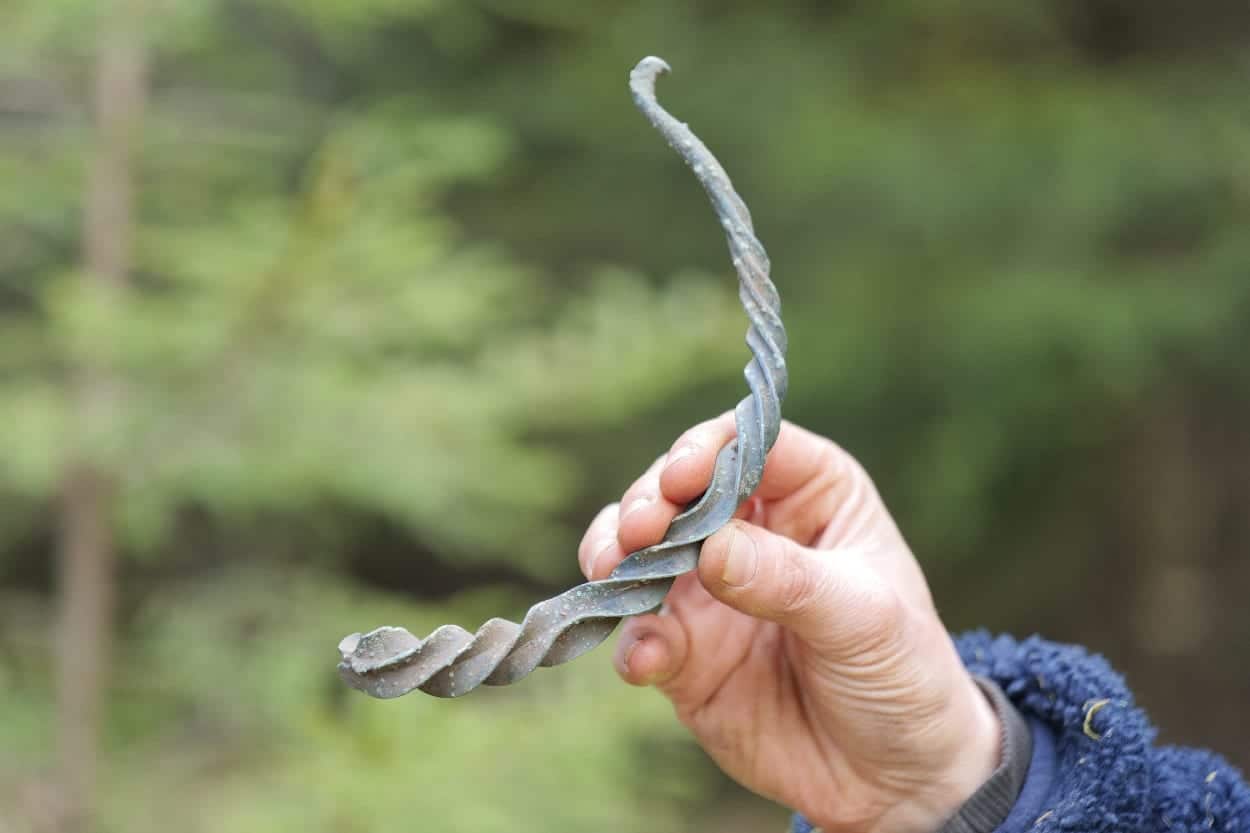Archaeologists from the Administration for Cultural Development have excavated a large treasure deposit of Bronze Age artefacts in the forests near the town of Alingsås in Sweden.
In early April 2021, the County Administrative Board of Västra Götaland was notified by a member of the public about several bronze objects they discovered on the forest floor near a collection of boulders.
According to the Cultural Environment Act of Sweden, archaeological finds associated with an ancient monument or made from gold, silver, copper, or bronze, or consists of two or more associated objects must be declared to the state.
The initial discovery consisted of several necklaces, chains, and bronze needles, that archaeologists speculate was displaced by animals digging into cavities between the boulders.

Ritualistic items not deposited as part of a burial are generally placed near to sacred sites such as springs, rivers, or lakes, but the placing of items in a forest setting is certainly unusual.
The County Administrative Board dispatched a team from the Administration for Cultural Development, in collaboration with researchers from the University of Gothenburg to secure the site and conduct an archaeological survey of the finds spot.
Excavations revealed around 50 bronze objects in varying degrees of preservation, in addition to 20 indeterminate bronze items and 10 iron fragments that date from between 750 and 500 BC.

The majority of the finds consist of decorative objects such as necklaces, bracelets, foot rings, a buckle, and large needles and hoops that were used to decorate and hold up various forms of clothing.
Johan Ling, professor of archaeology at the University of Gothenburg, said in a statement: “Most of the finds are made up of bronze items that can be associated with a woman of high status from the Bronze Age”.
The team also excavated residual products from bronze casting, a rod, and horse spurs, which along with the wider assemblage of finds have been sent away for preservation.
Header Image Credit : Mikael Agaton





